An intriguing exploration into the origin of collective nouns, revealing the rich cultural and historical contexts that shaped our language.

The Origin Of Collective Nouns
Did you know that the English language boasts over 200 unique collective nouns? That’s right, from a murder of crows to a gaggle of geese, these fascinating group terms have peppered our language and conversations for centuries.
But have you ever paused to wonder about their origins? Where did they come from, and why do they exist in the first place? By exploring the roots of these expressions, you’ll not only deepen your linguistic knowledge but also gain insight into the cultural and historical contexts that birthed them.
So, are you ready to embark on this journey into the past?
Key Takeaways
- Collective nouns have a long history dating back to the Middle Ages, primarily used in hunting and coded language among the elite.
- Cultural influences play a significant role in the formation and usage of collective nouns, reflecting natural environments, social hierarchies, and technological advancements.
- English has peculiar collective nouns that reflect cultural perceptions and add eccentricity to the language.
- Collective nouns have evolved from primarily describing groups of animals to encompassing groups of people, objects, and ideas, and are now used for humor, irony, and social commentary.
Understanding Collective Nouns
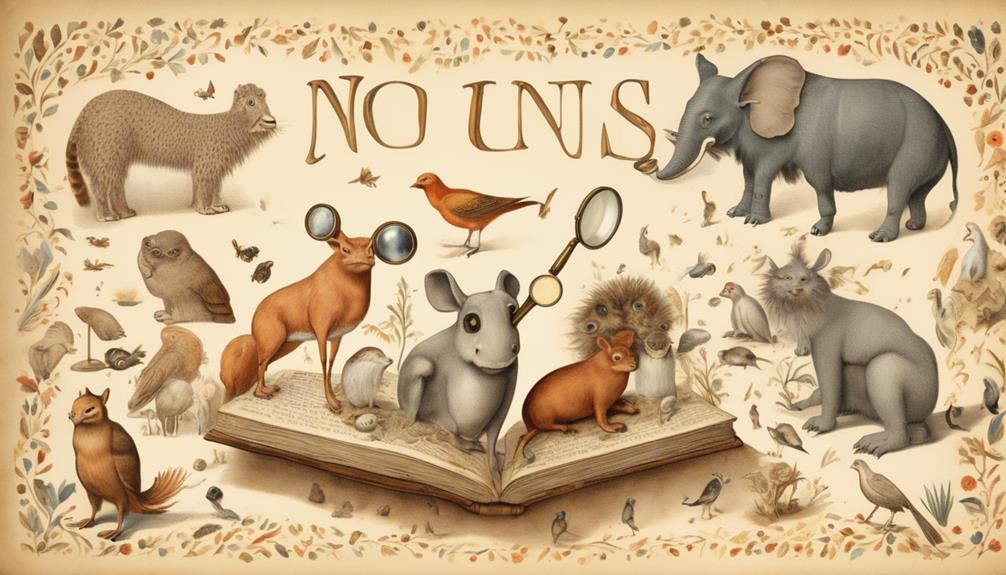
To fully grasp the concept of collective nouns, you must delve into their unique characteristics and usage in the English language. They’re often misunderstood due to their ability to take on singular and plural forms. However, when you understand their function, you’ll appreciate their versatility.
A collective noun, as its name implies, represents a group or collection of similar individuals or items. Terms like ‘team’, ‘flock’, ‘herd’, and ‘bunch’ are examples. Intriguingly, these nouns can adopt both singular and plural verb forms, depending on the context. You’d say ‘the team is winning’ when referring to the group as a single unit. Yet you’d use ‘the team are arguing’ when emphasizing the individuals within the group.
You can’t overlook the role of collective nouns in adding vibrancy to your language. They’re particularly prevalent in poetry and literature, where they add a layer of richness and complexity. We mustn’t forget their prominence in everyday speech, either.
Through this understanding, you can utilize collective nouns effectively, enhancing both your written and spoken English.
Historical Roots of Collective Nouns
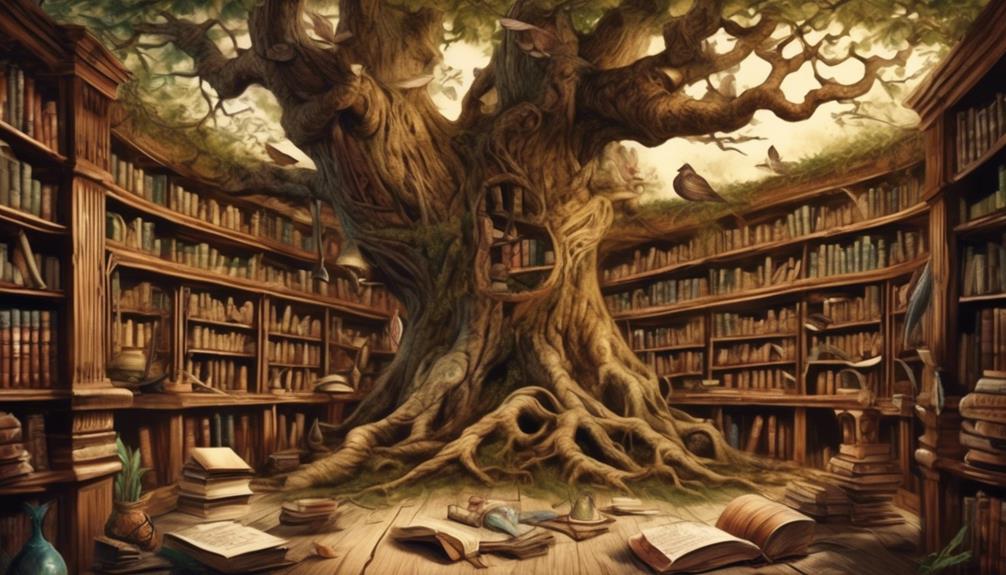
Now that you’ve grasped the concept and function of collective nouns, let’s travel back in time to uncover their historical roots and understand how they’ve evolved.
Collective nouns, or terms of venery, have a rich history tracing back to the Middle Ages. They were primarily used in the hunting field as a form of coded language among the elite.
In the 15th century, ‘The Book of St. Albans’ introduced a plethora of collective nouns. This book, also known as ‘The Book of Hawking, Hunting, and Heraldry‘, was the first to formally catalog these terms. It contained an extensive list of ‘compaynys of beestys and fowlys’, providing collective nouns for animals and birds, many of which are still in use today.
The linguistic journey of collective nouns hasn’t been straightforward. Over centuries, these terms have been reshaped, discarded, and revived. Some have been lost in the annals of history, while others have adapted to the changing times, reflecting societal transformations.
You’re now part of this historical continuum, wielding these collective nouns as tools of communication. Thus, understanding their roots is essential to appreciate their complexity and uniqueness.
Impact of Culture on Collective Nouns
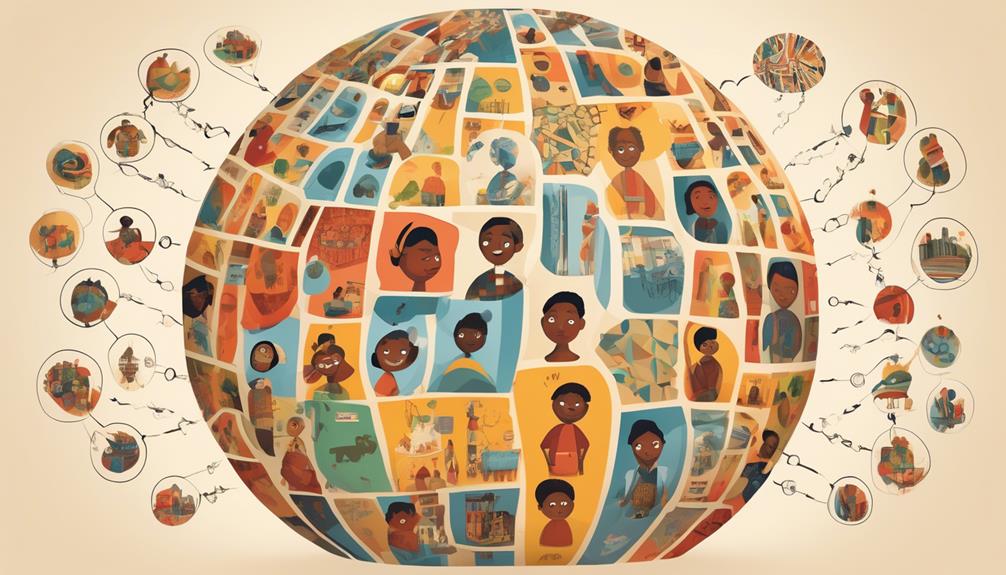
Delving deeper into the realm of collective nouns, you’ll find that cultural influences play a significant role in their formation and usage. The lexicon of every language is a mirror of its society’s cultural backdrop. The collective nouns we use are no different.
In certain cultures, the natural environment significantly influences their collective nouns. For instance, in the Maasai culture of East Africa, you’ll often find collective nouns related to livestock, reflecting the community’s pastoral lifestyle. Or consider the Japanese language, where collective nouns for people often denote social hierarchy and respect.
Equally significant are the dynamic aspects of culture. As societies evolve, so do their collective nouns. You’ve probably noticed the rise of tech-related collective nouns in the English language. A ‘swarm’ of drones or a ‘cloud’ of data are recent additions, mirroring our growing reliance on technology.
Culture also shapes the idiomatic use of collective nouns. Brits fondly use ‘a murder of crows’ while Americans prefer ‘a flock of crows’. This difference, subtle yet telling, underscores the impact of regional culture on language.
In short, culture doesn’t just shape our collective nouns, it’s woven into them, reflecting our evolving societies and values.
Peculiar English Collective Nouns
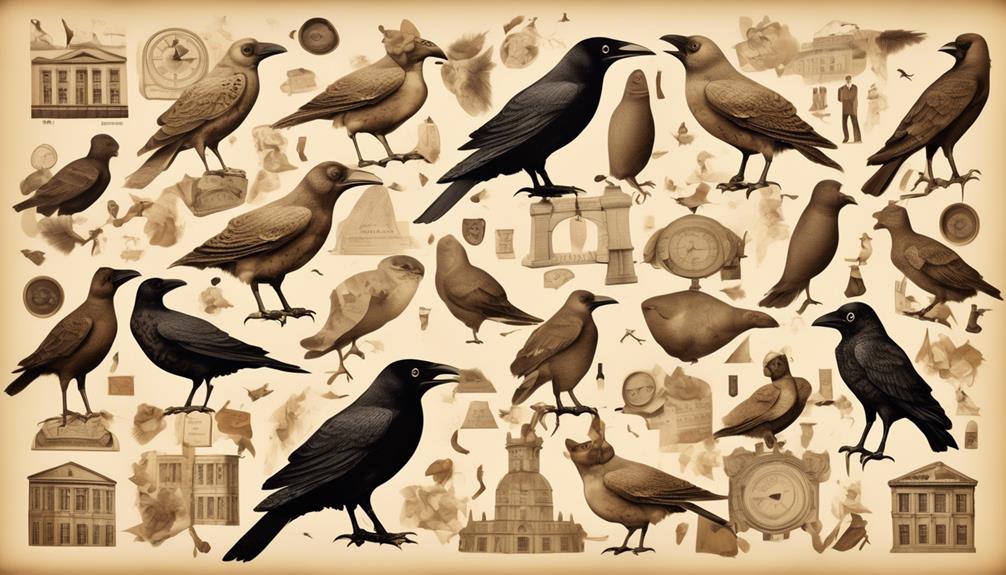
Building upon the cultural complexities of collective nouns, let’s explore some peculiar examples that the English language has to offer. You’ll find that English is rife with odd collective nouns, many of which are archaic, yet cling stubbornly to the fringes of the language.
Take, for instance, a ‘murder of crows’. This term, originating from folklore associating these birds with death or misfortune, exemplifies how collective nouns can encapsulate cultural perceptions. Similarly, consider a ‘parliament of owls’, which is thought to reflect the wisdom traditionally attributed to these creatures.
Next, ponder over a ‘gaggle of geese’, a term that seems to mimic the noisy, disorganized nature of these birds when on land. An ‘exaltation of larks’, on the other hand, captures the bird’s melodious, uplifting song.
You’ll also encounter inexplicably specific terms like a ‘clowder of cats’ or a ‘knot of toads’. These peculiar collective nouns, while not commonly used, add a delightful eccentricity to English. They’re testament to the language’s rich history, cultural influences, and its capacity for creativity and whimsy.
From Past to Present: Collective Nouns Evolution

Tracing the evolution of collective nouns, you’ll find a fascinating journey that mirrors the growth and changes in society, language, and culture. Collective nouns, originally stemming from Old English, have evolved over centuries to reflect shifting nuances in language use and societal norms.
In Old English, collective nouns were primarily used to describe groups of animals, reflecting a society deeply interwoven with nature. As society evolved, so did the use of collective nouns, expanding to include groups of people, objects, and ideas. You’ll notice a proliferation of collective nouns during the Middle English period, reflecting a more complex and stratified society.
In the modern era, collective nouns continue to evolve. They’ve become a linguistic tool for humor, irony, and social commentary, with examples like ‘a confusion of tourists’ or ‘an annoyance of neighbors’. The use of collective nouns also varies geographically, reflecting regional linguistic preferences and cultural nuances.
You’ll also find that the rules governing the agreement between collective nouns and verbs are fluid, influenced by stylistic choices and regional variations. This fluidity, along with the ongoing creation of new collective nouns, encapsulates the dynamic nature of language.
Frequently Asked Questions
What Are Some Common Mistakes Made When Using Collective Nouns?
A common mistake you might make when using collective nouns is treating them as plural when they’re often singular. For example, ‘The committee is meeting’ is correct, not ‘The committee are meeting.’
Also, you might incorrectly use personal pronouns. Remember, use ‘it’ or ‘its’ instead of ‘they’ or ‘their’ when referring back to a collective noun.
Lastly, don’t mix up collective nouns specific to certain groups, like a ‘murder’ of crows, not a ‘flock.’
Can You Provide Examples of Collective Nouns in Other Languages?
Sure, you can find examples of collective nouns in many languages.
In French, you’ve got ‘un troupeau’ for a herd of sheep, or ‘une meute’ for a pack of wolves.
In Spanish, ‘una manada’ can refer to a herd of various animals.
Over in German, ‘ein Schwarm’ is used for a swarm of bees or birds.
These terms, like their English counterparts, group together individual entities into a single unit.
How Can I Practice Using Collective Nouns Correctly?
To practice using collective nouns correctly, you’ll want to immerse yourself in reading and writing exercises. Read books, articles, and news stories to identify collective nouns in context.
You can also practice writing sentences using different collective nouns. It’s important to remember that collective nouns require singular verbs if the group is working as one unit, and plural verbs if the individuals within the group are doing something independently.
Are There Any Controversial Collective Nouns That Have Sparked Debates?
Yes, there are some collective nouns that have sparked debates.
For instance, the term ‘murder of crows’ has been controversial due to its negative connotation. It’s believed to originate from folklore associating crows with death.
Similarly, a ‘pride of lions’ has been debated due to perceived anthropomorphism.
It’s crucial you’re mindful of these controversies while practicing using collective nouns.
How Has the Internet and Social Media Influenced the Use of Collective Nouns?
Through social media and the internet, you’re seeing collective nouns evolve rapidly. They’re being created, used, and spread in real-time across global networks.
Social media platforms like Twitter even influence new collective nouns, such as a ‘tweetstorm’. It’s a dynamic, user-driven process that’s making language more inclusive and diverse.
Conclusion
In conclusion, you’ve journeyed through the fascinating world of collective nouns, exploring their historical roots, cultural impacts, and peculiar English variations.
You’ve seen how they’ve evolved over time, adapting to changes in language and society.
Remember, collective nouns aren’t just linguistic trivia, but rather, they’re windows into the past, cultural markers, and dynamic elements of language.
So, the next time you hear a ‘murder of crows’ or an ‘army of ants’, you’ll appreciate the rich history behind these expressions.


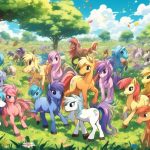

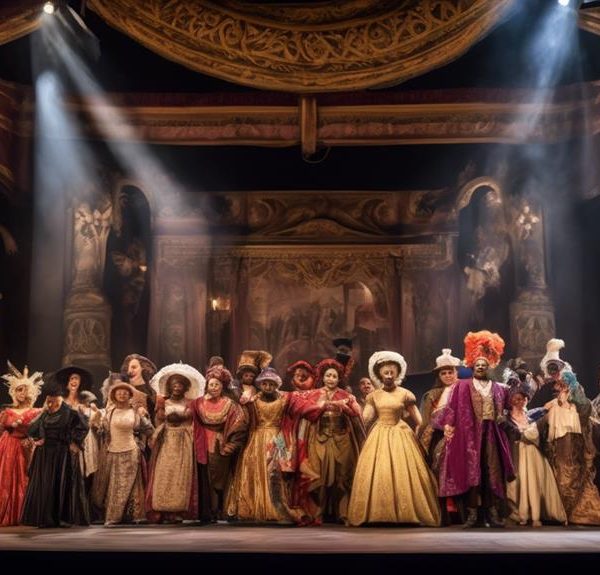
Sign up